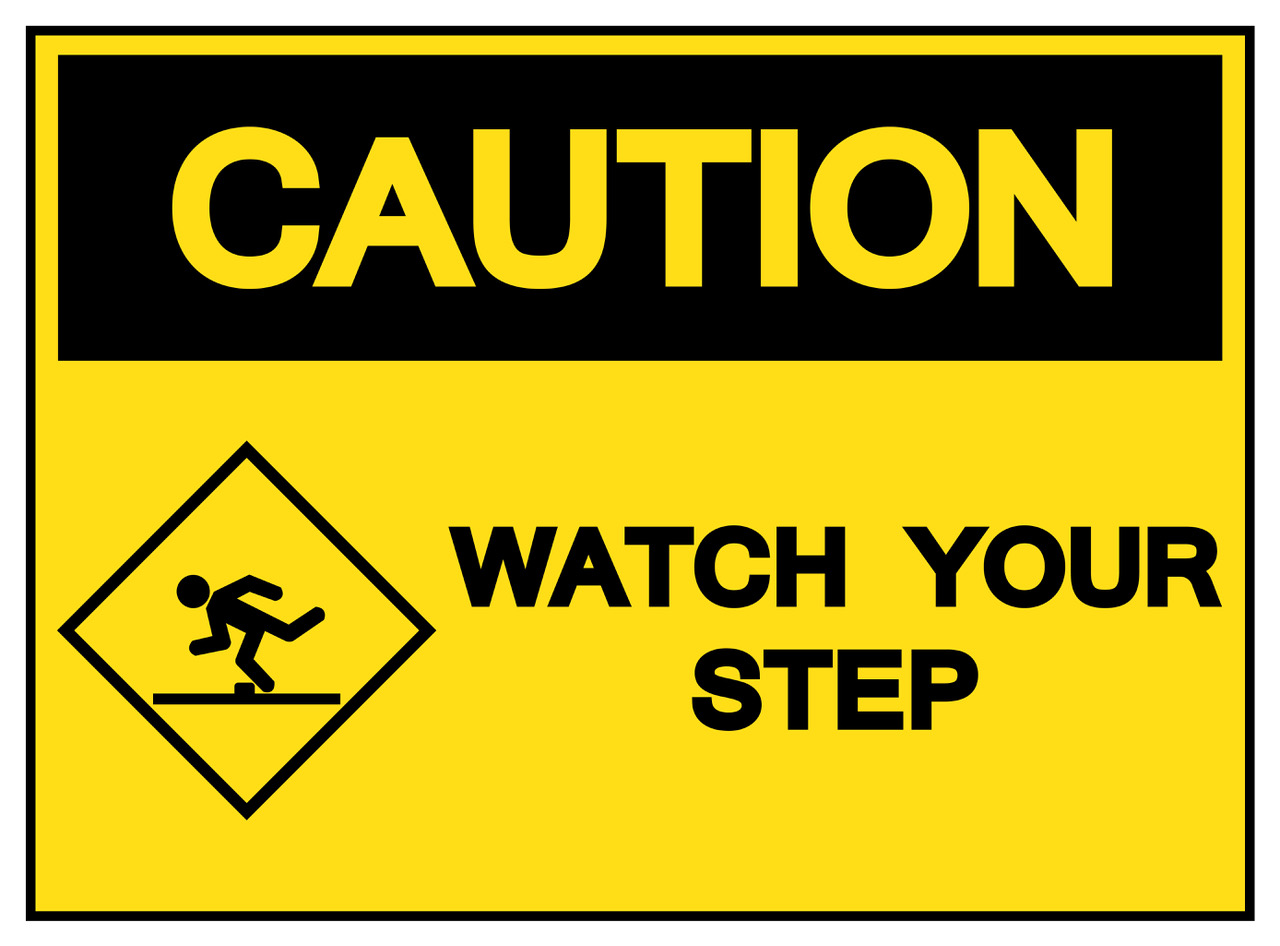
Even though there have been many regulations designed to mitigate the problem for many years, slips, trips and falls are still among the most common workplace accidents every year and the conditions leading to them are still among the most common issues cited during workplace inspections undertaken by the Occupational Safety and Health Administration (OSHA).
Whether you have a slip, trip and fall accident that leads to a serious injury, or you are merely cited for violations during an OSHA inspection, failing to take serious steps to prevent such accidents could cost your company a lot of money to workplaces throughout San Antonio, Bexar County, the state of Texas or nationwide.
What You Need to Know About Slips, Trips and Falls
Slip, trip, and fall accidents are actually quite common in a variety of facilities, including manufacturing facilities, warehouses, and even oil and gas facilities. Because of that, the prevention of workplace accidents becomes a key element of workplace safety policies and procedures. That said, however, it becomes necessary to employ a high level of prevention of slips, trips, and falls. That requires significant knowledge regarding how incidents like these happen, as well as the regulations your workplace is required to follow in order to prevent slip, trip, and fall accidents and avoid penalties in the wake of workplace safety inspections.
What are Slips, Trips and Falls?
Here’s a breakdown of the definitions involved in a slip, trip and fall accident :
SLIP: Too little traction or friction between a worker’s feet and the walking or working surface, which results in a loss of balance and a potential fall.
TRIP: When a foot or lower leg hits an object and the upper body continues to move, or when stepping down to a lower surface, resulting in a loss of balance.
FALL: When the worker is too far off their center of balance, that can result in a descent to the floor, into or against an object, or to a surface at a lower level than original surface1.
Slips, trips, and falls are often caused when walkway surfaces in the workplace are slippery or somehow irregular. In many cases, such accidents are caused when obstacles are present on the floor, or there are uncovered or unidentified hazard areas. Fortunately for workers and supervisors, nearly all slips, trips, and falls are preventable, often by setting up regular workplace inspections, and regular housekeeping of the active portions of the work area.
The OSHA standards designed to prevent slips, trips, and falls are quite comprehensive and they include all steps a workplace can take to make sure such accidents are kept to a minimum. The standards for walking/working surfaces, as contained at OSHA 29 CFR 1910.22, includes steps that can be taken to keep workspaces clean and safe from hazards. They include the following:
- Keep work areas as clean, orderly, and dry as possible at all times.
- When wet processes are used, it is important to provide draining, platforms, mats, or other dry standing places.
- It is also important to keep floors and workplaces free from protruding nails, splinters, holes, and loose boards and to keep all aisles and walkways clear and in good repair, and to keep aisles and walkways properly and permanently marked.
- Use covers and guardrails to protect workers from open pits, tanks, vats, etc.
- Marking loads with approved plates and maintaining safe load weights.
Likewise, another way the OSHA regulations and standards can be used to provide workplaces safe from slips, trips and falls is available in 29 CFR 1910.36 & 37, referring to “Means of Egress.” This standard supports the safety of exit routes, and some of its key elements include the following:
- If a fall hazard exists, all outdoor exit routes must have guardrails to protect unenclosed sides.
- All outdoor exit routes must have substantially level walkways and should be reasonably straight and smooth.
- In cases where snow or ice may accumulate, all outdoor exit routes must be covered if snow or ice is likely to accumulate along the route. The only exception is if the employer is able to demonstrate that any snow or ice accumulation will be removed before it presents a slipping hazard.
There are also standards in place designed to protect workers from slips and falls by employing protective surface characteristics or conditions. These standards require employers do the following:
- They should encourage the use of slip-resistant footwear in the workplace to maximize traction.
- They should also consider the use of compliant mats and runners in areas where individuals may encounter slippery contaminants or foreign materials on the floor surface.
- They should develop and implement a housekeeping program, including appropriate cleaning and maintenance procedures to and employee training, to be implemented to keep all walking surfaces as clear as possible.
- Prominent warnings should be provided and placed in any area where a slip/fall hazard has been identified.
- All workers should receive as much training as possible in the process of keeping all work areas clear and preventing slips, trips and falls.
The Effects of Slips, Trips and Falls Can Be Devastating to Your Bottom Line
Slips, trips, and falls are always one of the most common workplace accidents cited by OSHA during inspections and these are also among the most common accidents that happen in workplaces everywhere, including San Antonio, elsewhere in Texas, and nationwide. It is amazing how much a small company can lose thanks to one small wet spot or a misplaced tool, thanks to the citations and medical costs they can cause.
